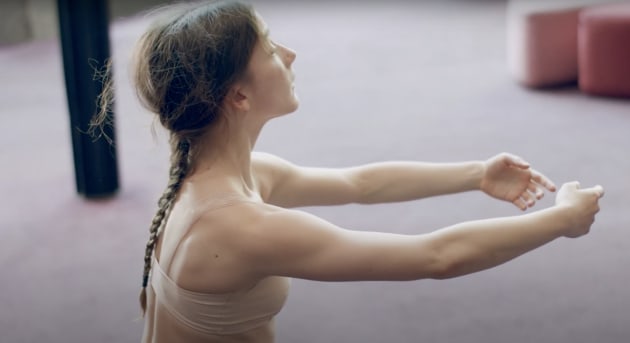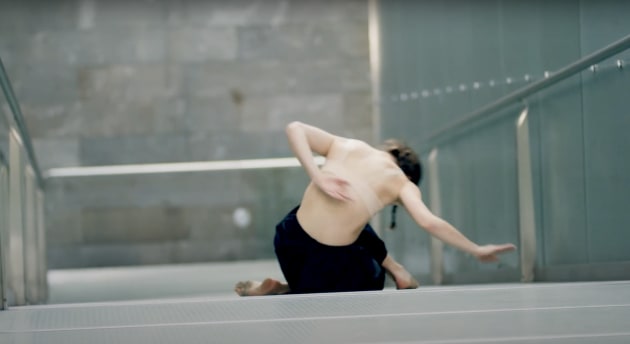The Australian Ballet unveils Bodytorque.Digital

The Australian Ballet has unveiled the first production in its five-part Bodytorque.Digital series, which presents new dance works created by developing choreographers and emerging composers. This year’s Bodytorque series has been specifically designed for the digital space, and was created and performed by dancers of The Australian Ballet, with music performed by players from Orchestra Victoria. Bodytorque.Digital is the Covid-19 version of the regular Bodytorque program, which The Australian Ballet has been offering to develop new Australian choreographic talent since 2004. The works created through the program would normally be performed live in theatres.
Artistic director David McAllister, noted: “Bodytorque has been an incubator for new works and a place of experiment and research for a generation of creators. In recent years, it has also become a wonderful point of collaboration with Orchestra Victoria.”
The company conceived Bodytorque.Digital during the COVID-19 enforced isolation period to continue its commitment to foster the creativity of The Australian Ballet’s dancers and to develop choreographic talent.
Five up-and-coming choreographers were given the opportunity to develop new works in which all elements – choreography, dancers, music, and cinematography – are used to create something more than simply dance on film. It was achieved by working together remotely with the assistance of digital connectivity and virtual rehearsals. The choreographers are François-Eloi Lavignac, Jill Ogai, Tim Coleman, Mason Lovegrove and Amelia Drummond (the winner of last year's Emerging Female Classical Choreographer award presented by Dance Australia in partnership with the Sydney Opera and The Australian Ballet. Their works will be unveiled over the coming months.
The first work, by Lavignac in collaboration with The Australian Ballet’s pianist Kylie Foster, is titled Capriccio and was created with principal artist Benedicte Bemet while both dancers were working from home during weeks of isolation. The artists rehearsed via Microsoft Teams, but Lavignac and Bemet have been workshopping the content for this work since 2017, when Bemet endured a career-threatening injury. Capriccio aims to show a cycle in which the dancer's reality and thought process are intertwined in a dance where they run from themselves only to find themselves at the beginning.

“We both enjoyed re-visiting this content, giving it new meaning and also creating new content to represent us, three years later. The beauty of the movement comes from a genuine place of wondering, picturing and constantly researching,” Lavignac commented.
Artistic director of Orchestra Victoria Nicolette Fraillon added: “Three of the choreographers leapt at the opportunity to work with emerging Australian composers and develop their new works in collaboration. Confined to their respective homes, choreographers, dancers and musicians have worked together online, sharing and developing ideas, giving feedback to one another. They have developed short works which embody the spirit of creative togetherness and collaboration, which is the essence of the artform, and which continues despite the current challenges of physical limitations and restrictions. Should we be able to perform a Bodytorque live season in the future, the new compositions have been written with a view to expansion for live performance.”

The full Bodytorque.Digital series will be released on The Australian Ballet's Ballet TV in the coming months. Watch it here.
Editor's note: The winner of the 2020 Emerging Female Classical Choreographer initiative, Xanthe Geeves, will create a work for the 2021 season.


